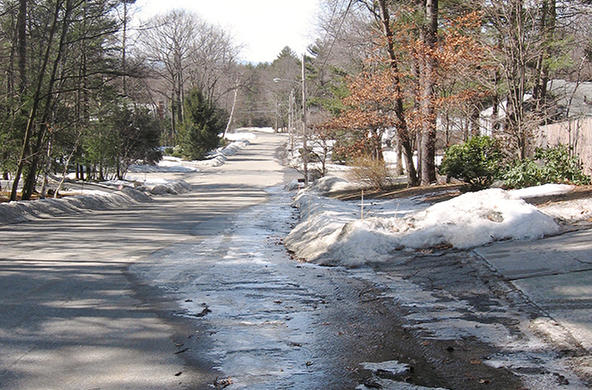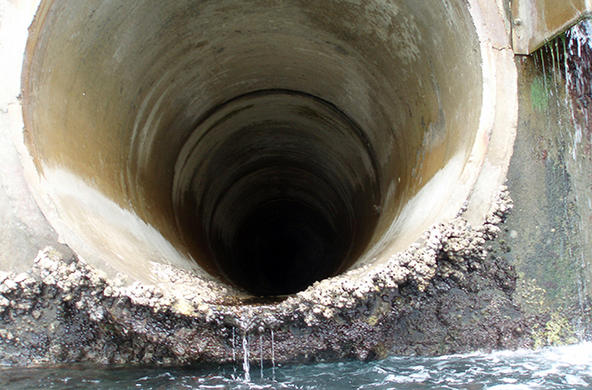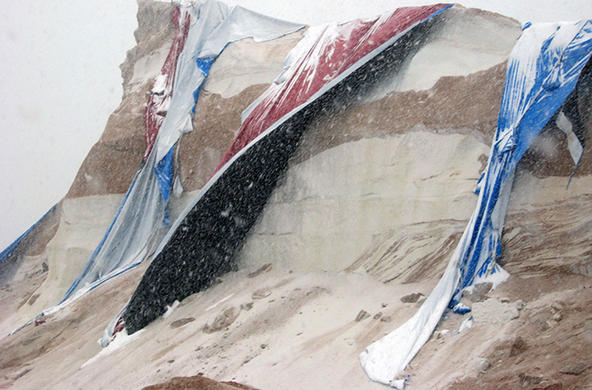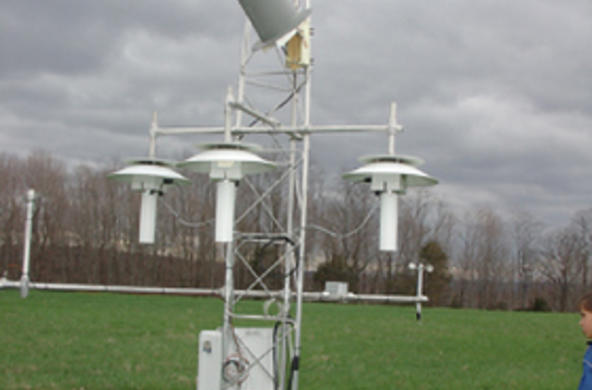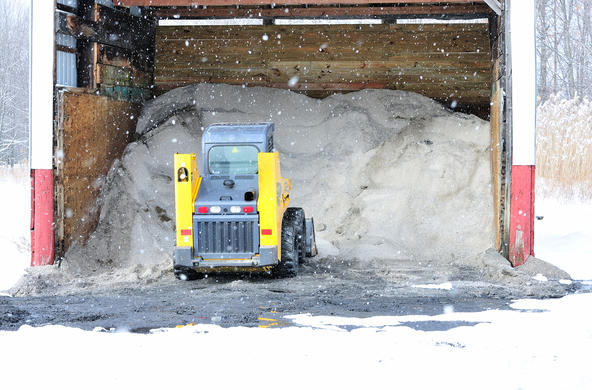- Profile
- Videos & Podcasts
- Publications
Vicky Kelly manages Cary Institute's Environmental Monitoring Program, which includes monitoring climate as well as air, precipitation and streamwater quality, solar radiation, phenology, and the behavior of water in the landscape. Data from the program have been used to understand the dynamics of road salt and the effects of climate change on precipitation chemistry.
Current projects include the effectiveness of road salt reduction practices, the impact of climate change on plant and animal life cycle events (phenology), and monitoring of water at the landscape scale.
Recent publications include Road Salt: The Problem, The Solution, and How to Get There and The State of the Environment, Dutchess County.



